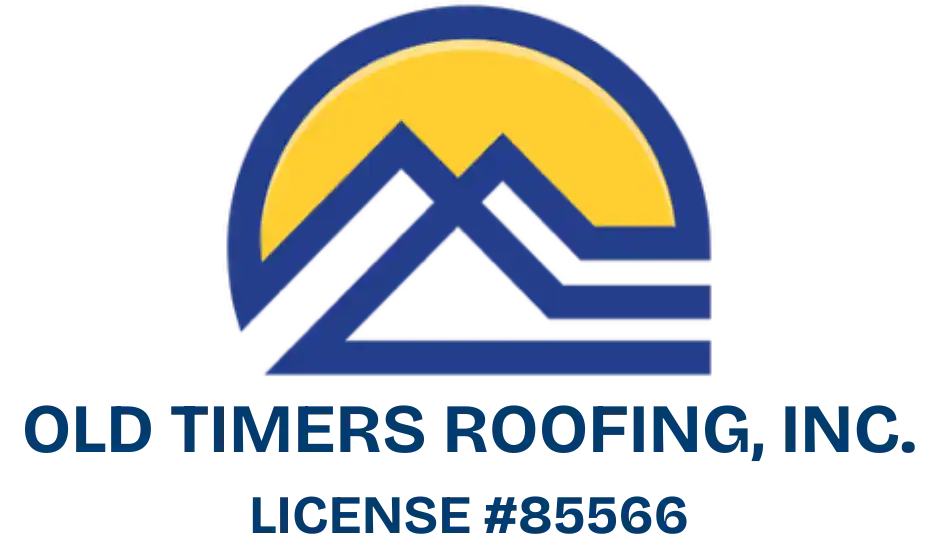After a hail or wind storm in Greensboro, most homeowners hear this phrase from their adjuster: "We’ll send over your scope of loss." But what exactly is a roof insurance scope, and why should you care?
Understanding the Scope of Loss
A roof insurance scope—also called a scope of work or adjuster's report—is the detailed estimate your insurance company creates after inspecting your storm damage. It lists line-by-line what they’re willing to cover for your roofing, gutters, flashing, and more.
What’s Included (And Often Missing)
Scopes typically include the following:
However, many scopes leave off key items like ridge vents, starter strip, flashing, and code-required upgrades. If those aren’t listed—you’re not getting paid for them.

Reviewing a scope of loss after storm damage in Greensboro
Why You Should Never Settle Without a Review
We’ve seen dozens of Greensboro homeowners shortchanged because they didn’t review their scope with a pro. Our insurance claim team regularly finds omissions that could cost you thousands. We’ll file the supplement requests with your insurer and make sure you get the full amount you’re owed.
Supplementation: Adding What Was Missed
Insurance companies aren’t always out to get you—but adjusters are rushed. If they miss components, we catch them. From drip edge to starter strip, Old Timers Roofing Inc. handles all documentation and proof with your adjuster.
Example: Real Scope Adjustments in Guilford Hills
One homeowner in Guilford Hills was initially approved for $8,400. After our supplement review, the claim was adjusted to $13,900—fully covering a complete Atlas Pinnacle® Pristine roof system and code upgrades.
Let Us Review Your Scope for Free
Already received your insurance paperwork? Upload or bring it to our team and we’ll walk you through every line. Don’t leave money on the table.

Premium Atlas shingles fully covered with correct scope adjustments
Don’t want to click around? Call our AI Scheduling Agent at (336) 444-6191 — it’s fast, smart, and will book your inspection immediately.
